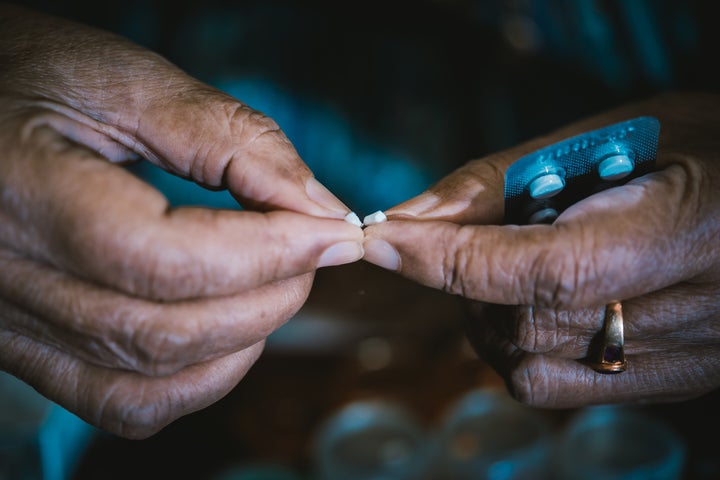
The segment of the health care industry dedicated to keeping frail elderly patients stable and comfortable at home has a unique role to play in the nation’s opioid epidemic. Managed Long Term Care (MLTC) health care plans coordinate all the various elements of an older person’s care in a responsive and collaborative fashion, taking into account his or her psychosocial as well as physical well-being. These days, that means paying attention to and helping to control use—and misuse—of opioids prescribed for pain.
While the opioid epidemic has taken its greatest toll on younger people, with the highest misuse and death rates among males in their mid-twenties to mid-forties, studies show that the epidemic has increasingly affected the elderly Medicare population as well. According to the U.S. Healthcare Cost and Utilization Project, Medicare recipients accounted for the largest proportional rise in opioid overuse-related hospital stays over the last decade.
Even without overuse, seniors are particularly vulnerable to the effects of opioids. A white paper by the National Safety Council declares “the use of opioids in the elderly is very risky,” citing a greater risk of cardiovascular events, falls, fractures, hospitalization for an adverse drug event, and even mortality. In a Journal of the American Geriatrics Society study of people age 65+ suffering from arthritis, those taking opioids for the pain were more likely to experience a fracture than those who used another form of painkiller.
Armed with insight and guidelines from many who have been studying patterns of the opioid epidemic, the organization where I work, VNSNY CHOICE Health Plans, has devised a two-pronged approach to keep the vulnerable older New Yorkers we serve safe from opioid dependence or overuse:
Controlling Use
We have instituted a program that automatically flags incoming prescription requests for opioid medications that exceed a certain dosage. These prescriptions then require either a pharmacy override or prior authorization from the ordering physician before they can be filled. We have also implemented an Opioid Overutilization Intervention Program that identifies plan members who have received opioid prescriptions from three or more providers and three or more pharmacies over a 90-day period. Our in-house pharmacy staff then contacts the prescribers to verify that their prescribing patterns and dosages are clinically appropriate for their patient. This intervention helps identify potentially fraudulent member and provider activities, to ensure the safety of the elders we serve and limit any abuse and waste.
Offering Treatment
If one of our health plan members does develop problems with opioid dependence, he or she may be referred to a multifaceted treatment plan, which could include medications to counter opioid-related cravings. This approach complements other outreach efforts we have for special needs populations, including those living with HIV/AIDS, New Yorkers with hepatitis C, and those trying to quit smoking, all initiated through VNSNY CHOICE SelectHealth, a Medicaid HIV Special Needs Plan.
At their essence, MLTC plans meet fragile elderly Americans where they are—to help them live their lives to the fullest, in their own way and in their own homes. Efforts to control the use of opioids amid a spreading epidemic and to offer treatment where needed help us remain attentive to all the details, large and small, of each MLTC plan member’s daily life.
As an industry, we have developed a system that delivers comprehensive and fundamentally human health care to society’s most vulnerable. We take proactive steps to keep people on the path to better health, we work in partnership with others, and we continually ask ourselves how we can meet growing and changing needs with more efficiency, more sensitivity, and more immediacy. Now, as this widespread and troubling epidemic threatens to render our elders even more vulnerable than they already are, we have a special responsibility to put our best practices—and our compassion—to work for them.
